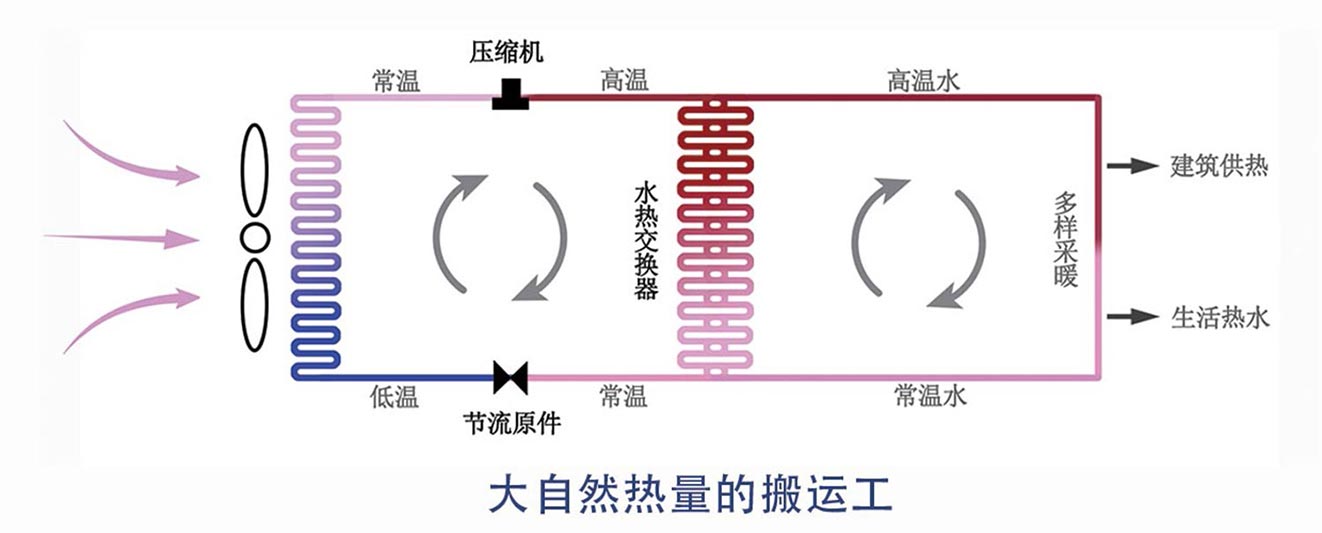In the field of thermodynamics, Carnot cycle and inverse Carnot cycle are two extremely important concepts, representing the theoretical upper limit and high efficiency in thermal energy conversion technology.
The Carnot cycle is an ideal thermodynamic cycle process that includes four processes: isothermal expansion, adiabatic expansion, isothermal compression, and adiabatic compression. The characteristics of the Carnot cycle are:
Theoretical thermal efficiency is extremely high: Carnot cycle is a cycle process with high theoretical thermal efficiency, and its thermal efficiency is only related to the high and low temperature end temperatures of the working material.
Ideal gas model: Carnot cycle usually uses ideal gas as the working substance, making its analysis simpler.
Reversibility and entropy invariance: The process of Carnot cycle is reversible and entropy remains constant during isothermal and adiabatic processes.

The reverse Carnot cycle is the reverse process of the Carnot cycle, which can transfer the heat energy from the low-temperature region to the high-temperature region, achieving the effect of heat energy backflow. The principle and application of inverse Carnot cycle include:
Heat pump technology: The reverse Carnot cycle is widely used in heat pump technology, which transfers heat energy from low-temperature environments to high-temperature environments by consuming a small amount of external energy, achieving heating, cooling, and other purposes.
Heat recovery: The reverse Carnot cycle can also be used in heat recovery systems to convert low-quality heat energy into high-quality heat energy, improving energy utilization efficiency.
Thermal power generation: The reverse Carnot cycle can also be applied in thermal power generation technology, utilizing the temperature difference between low-temperature heat sources such as geothermal and solar energy and the ambient temperature to generate electricity.
Although Carnot cycle and inverse Carnot cycle theoretically have extremely high thermal efficiency, they still face some challenges in practical applications:
Engineering implementation difficulty: Factors such as friction and heat transfer losses in actual systems can lead to a decrease in thermal efficiency, and corresponding measures need to be taken for optimization.
Material and technical limitations: High temperature and high pressure conditions require higher requirements for materials and equipment, which puts higher demands on technical level.
Economic and cost considerations: Compared to theory, the construction and operation costs of actual systems are higher, and a balance between economy and efficiency is needed.
The Carnot cycle and inverse Carnot cycle, as theoretical models, provide important guidance for the development of thermal energy conversion technology. In the future, with the continuous progress of science and technology and the expansion of application fields, we are confident in overcoming technological challenges, further improving energy conversion efficiency, achieving clean, efficient, and sustainable energy utilization, and making contributions to the sustainable development of human society.







Comment